Commercial FPGA
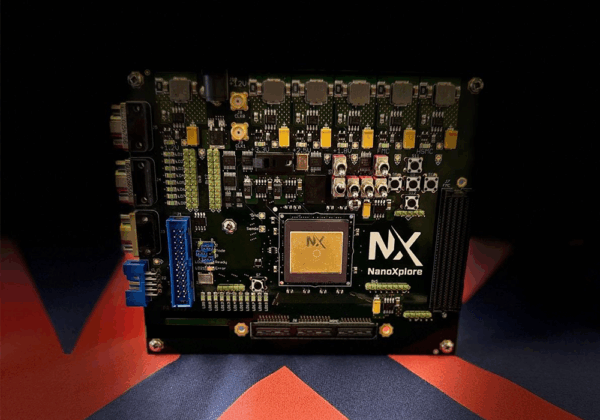
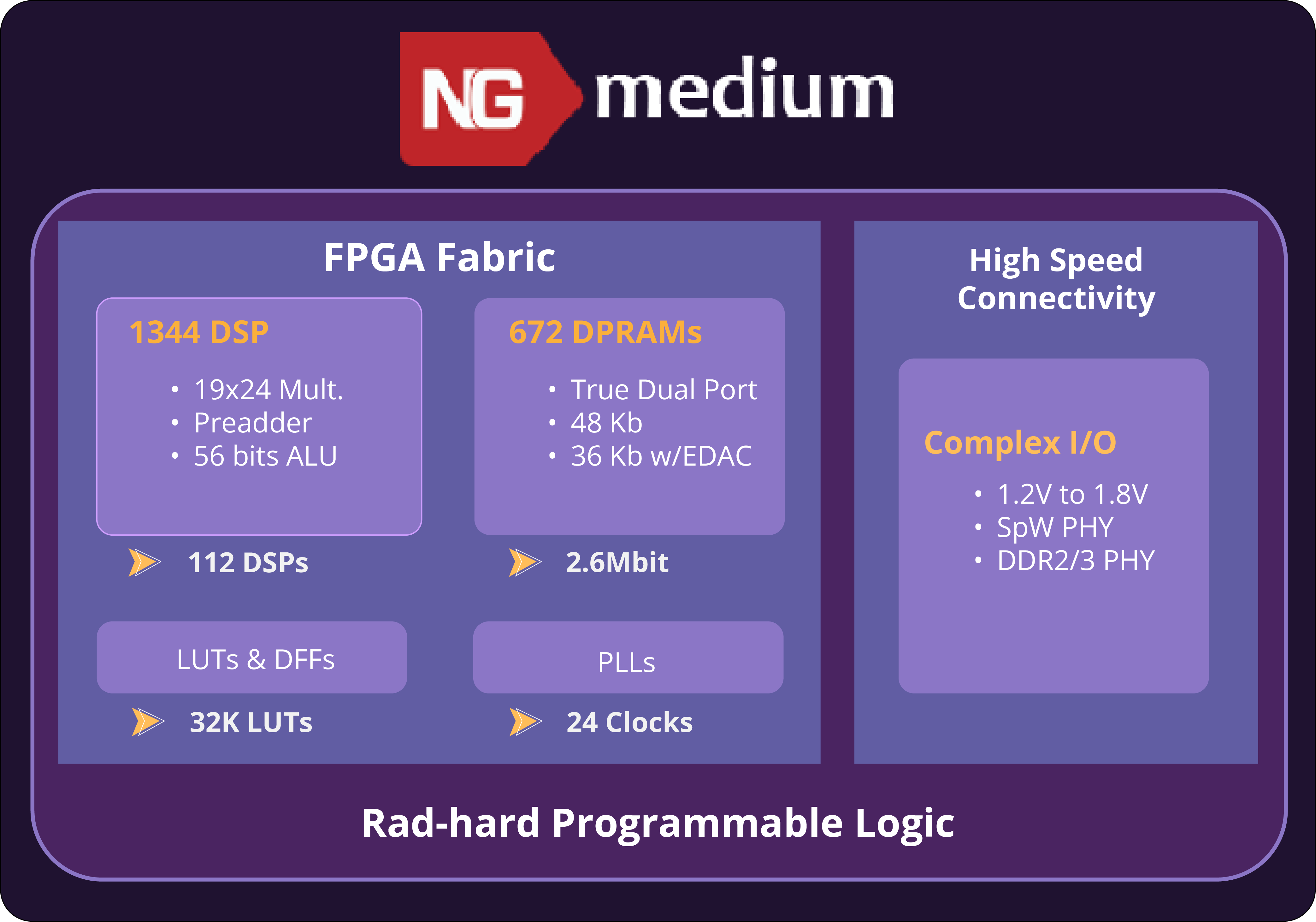
NG-Medium
NG Medium is an SRAM-based FPGA developed by NanoXplore, sharing the same programmable architecture as the radiation-hardened NG-MEDIUM family. The device integrates a matrix of 4-input Look-up Tables with LUT extenders for wider operations, configurable DFF, Coarse Grain Blocks with user-configurable memories, and dedicated Digital Signal Processing units. Optimized for cost-sensitive applications, NG-MEDIUM delivers high logic density and flexibility for industrial, automotive, and other high-reliability markets.
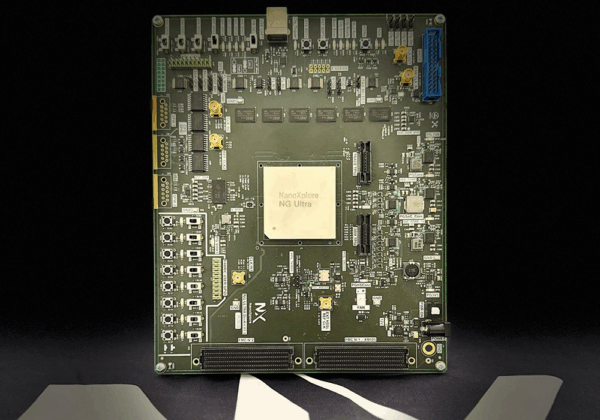
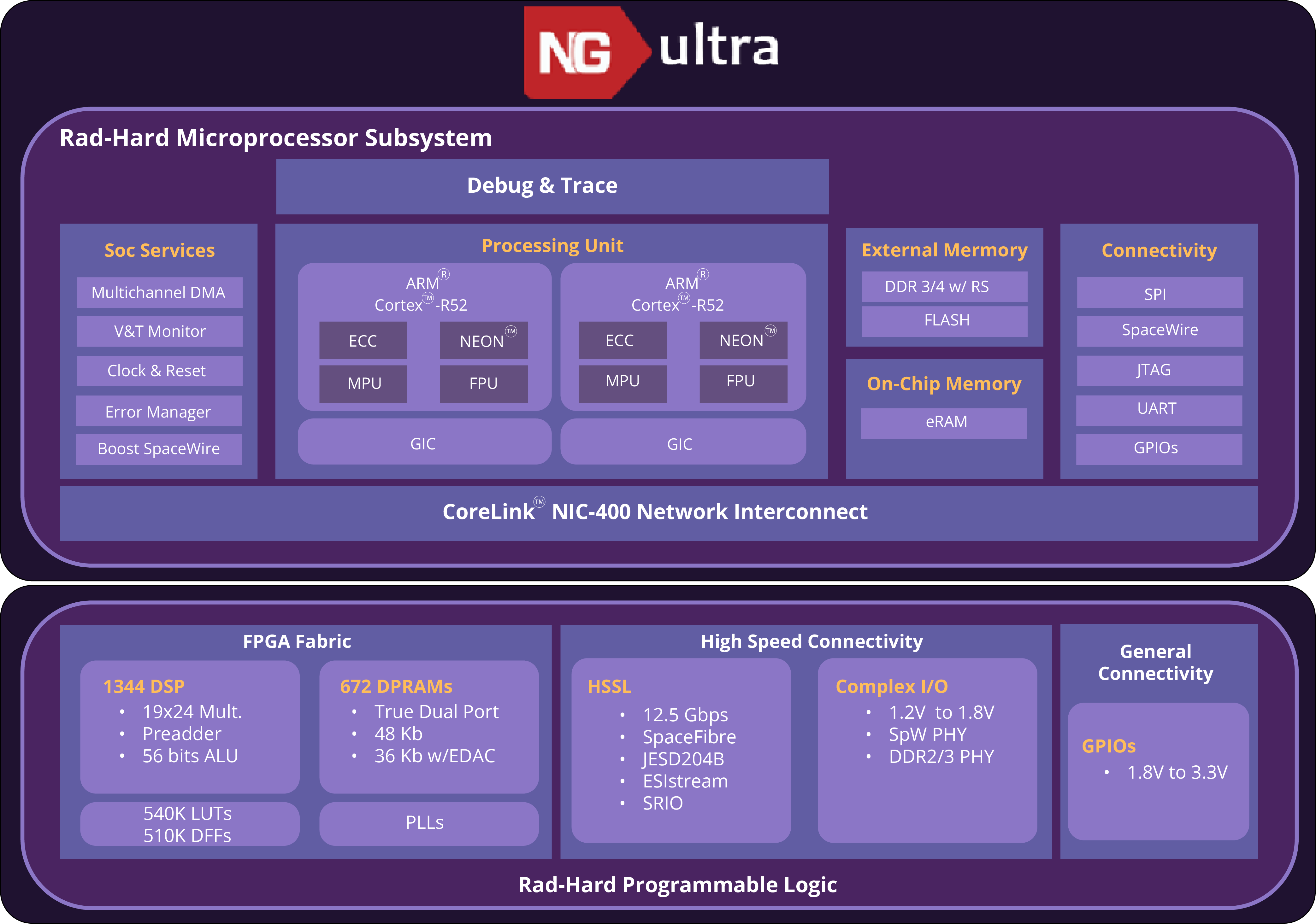
NG-Ultra
NG-Ultra share the same patented FPGA architecture co-developed with ST, combining programmable logic with embedded quad-core ARM® Cortex®-A9 processors, memories, and high-speed interfaces. Optimized for industrial and automotive applications, NG-ULTRA delivers high performance, flexibility, and scalability for cost-sensitive markets.
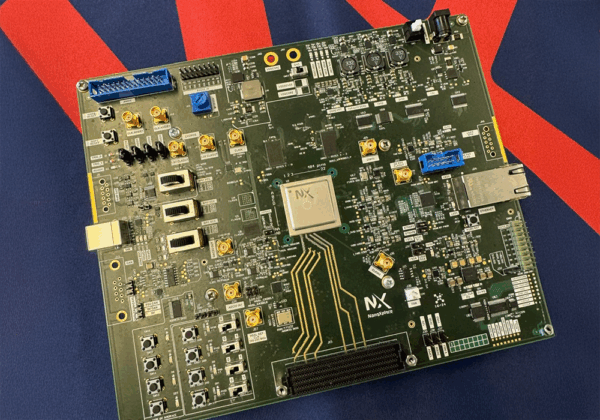
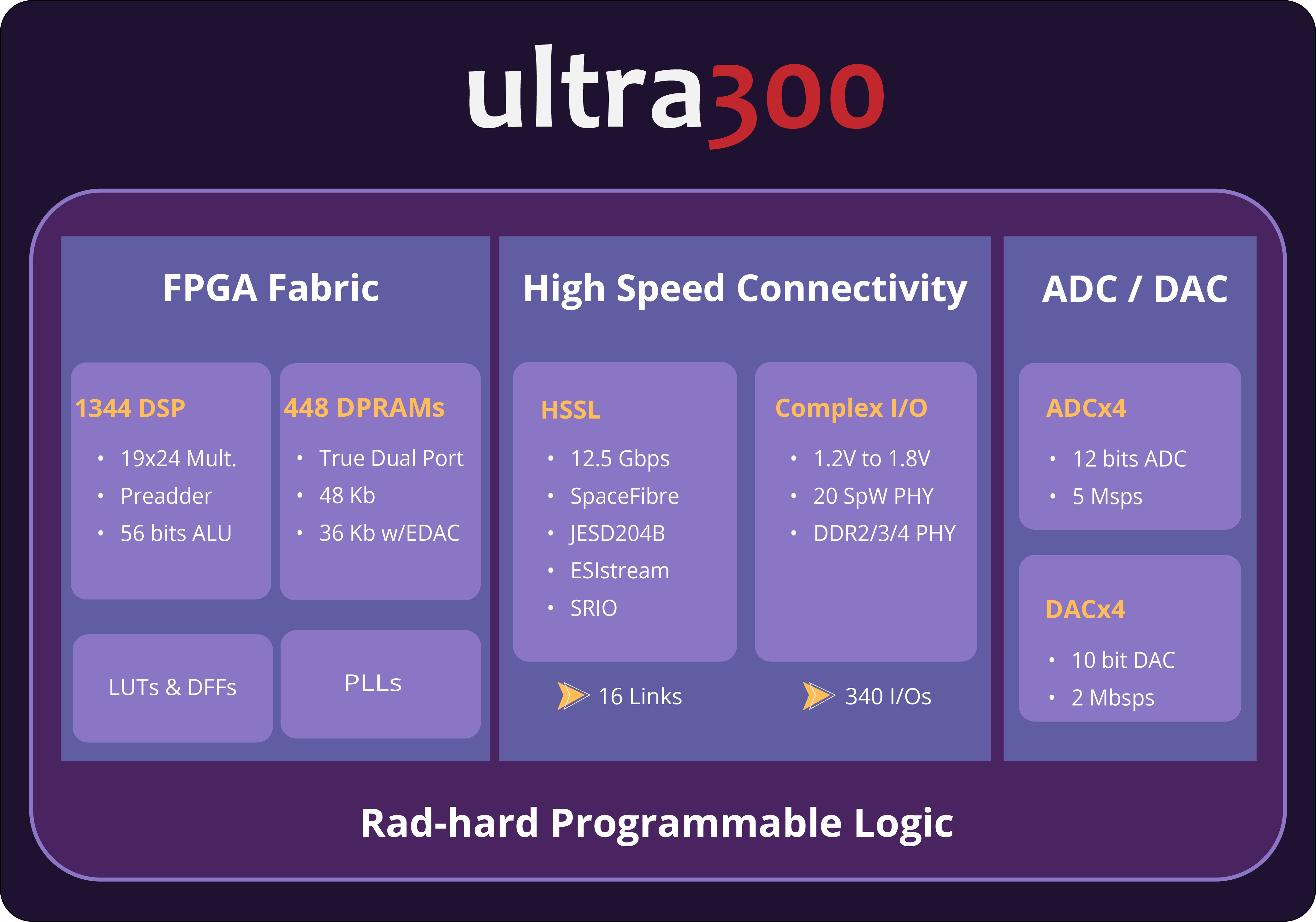
Ultra300
Ultra300 is the commercial version of NanoXplore’s second-generation FPGA family. It shares the same programmable architecture as the radiation-hardened ULTRA 300 devices, including 4-input Look-up Tables with LUT extenders, configurable DFF, Coarse Grain Blocks, embedded memories, and dedicated DSP units. Optimized for industrial and automotive applications, ULTRA 300 combines high logic density, scalability, and performance for cost-sensitive markets.
For a complete library of user guide, reference manuals and technical documentation, head to our Wiki Page !
